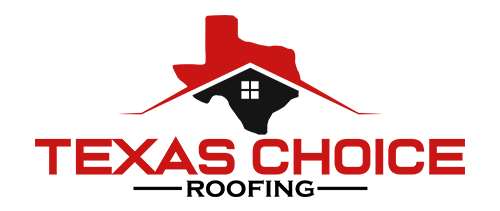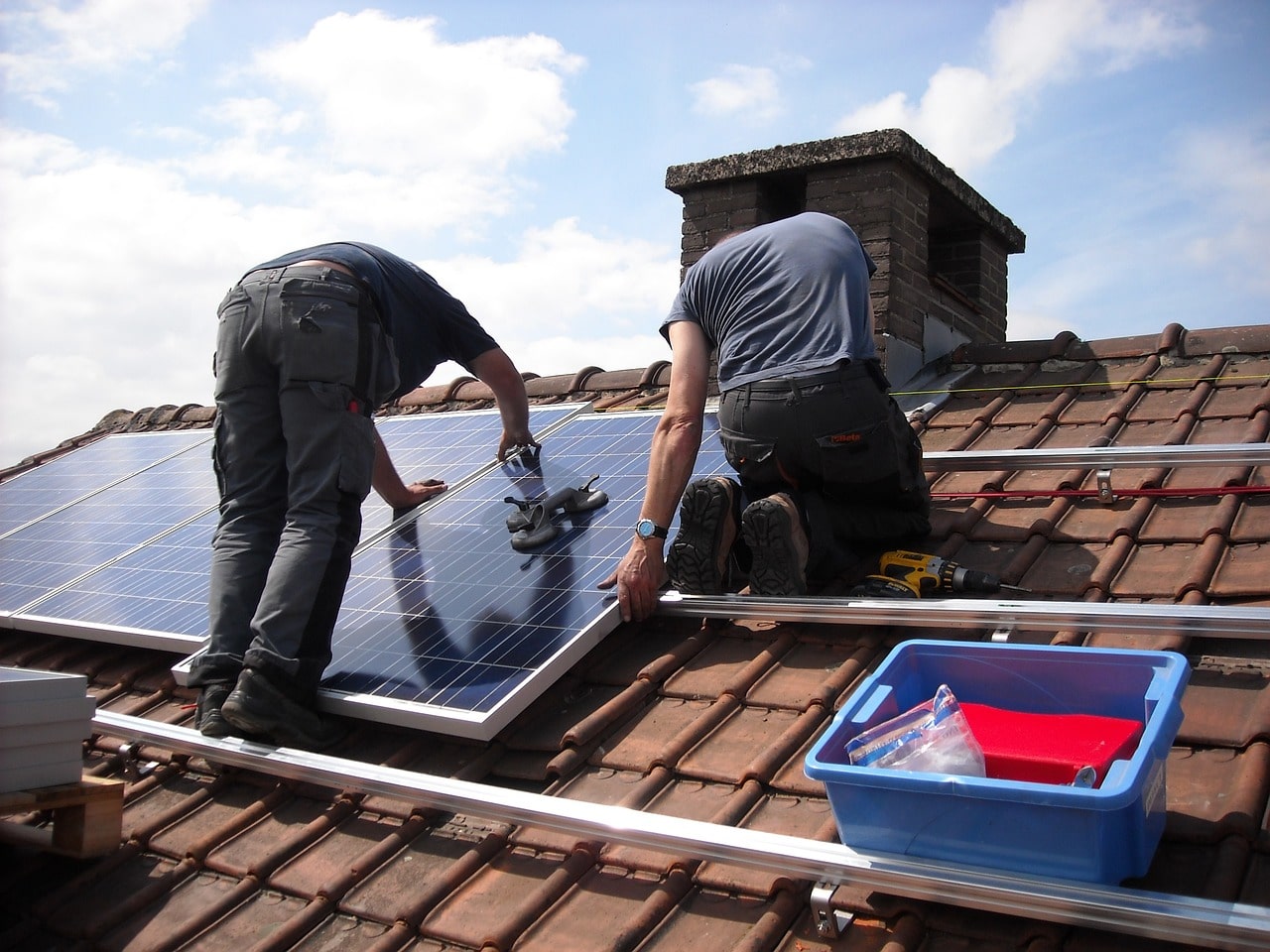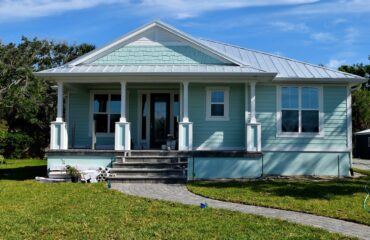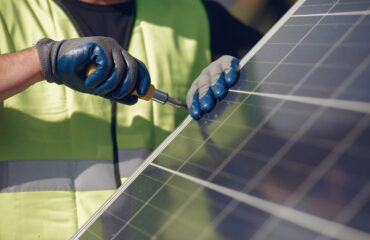Is your roof ready for solar panel installation? Before making the switch to solar energy, it’s crucial to ensure that your roof meets the necessary requirements.
The age of your roof, its structural integrity, orientation, and shading assessment all play a significant role in determining its readiness for solar panels.
In this article, as experienced roofing contractors, we will guide you through the key factors to consider, helping you make an informed decision about harnessing the power of the sun for your home.
Roof Age
If your roof’s age is over 20 years, you may need to consider replacing it before installing solar panels.
The condition of your roof is crucial when it comes to supporting the weight of solar panels and ensuring their longevity.
A roof that is nearing the end of its lifespan may not be able to withstand the additional load, leading to potential damage and costly repairs.
Additionally, the maintenance history of your roof plays a significant role in its overall condition.
Regular inspections and timely repairs can extend the lifespan of your roof, making it a more suitable foundation for solar panel installation.
It is essential to assess your roof’s age and maintenance history before proceeding with solar panel installation to ensure a safe and durable system.
Structural Integrity
Assess the strength and stability of your roof before installing solar panels.
It is crucial to consider the structural integrity of your roof to ensure it can support the additional weight and withstand the installation process.
Here are four key factors to evaluate when assessing your roof’s condition and weight capacity:
1. Roof condition: Inspect your roof for any signs of damage, such as cracks, leaks, or sagging areas. A damaged roof may not provide the necessary support for solar panels.
2. Roof age: Older roofs may have weakened over time, reducing their ability to handle the weight of solar panels. Consider getting a professional inspection to determine if your roof is still structurally sound.
3. Roof framing: The strength of your roof’s framing system, such as rafters and trusses, is essential for supporting the added weight of solar panels. Ensure the framing is in good condition and meets the necessary load-bearing requirements.
4. Weight capacity: Determine the maximum weight your roof can accommodate. Consider factors like the roofing materials, local building codes, and the size and number of solar panels you plan to install.
Roof Orientation
Once you have assessed the structural integrity of your roof, it is important to consider its orientation in relation to solar panel installation.
The orientation of your roof plays a crucial role in maximizing the efficiency of your solar panels.
The ideal roof orientation for solar panels is facing south, as it receives the most sunlight throughout the day.
However, east and west-facing roofs can also be suitable, although they may produce slightly less energy. It is important to note that the pitch of your roof also affects solar panel efficiency.
A roof with a steep pitch may require additional mounting equipment, while a flat roof may require a different installation method altogether.
Therefore, it is essential to consult with a professional solar installer to determine the best orientation and installation method for your specific roof.
Shading Assessment
To properly assess your roof’s suitability for solar panel installation, it is important to consider any potential shading issues.
Shading can significantly impact the performance and efficiency of your solar panels, so a thorough analysis is essential. Here are four key factors to consider:
1. Sunlight analysis: Evaluate the amount of sunlight your roof receives throughout the day. Observe any nearby trees, buildings, or structures that may cast shadows on your roof and obstruct sunlight.
2. Energy efficiency: Shading can reduce the amount of energy your solar panels generate. Assess how shading will affect the overall energy efficiency of your solar system and determine if any necessary adjustments can be made.
3. Tree growth: Consider the growth patterns of nearby trees. Trees that currently do not shade your roof may grow and cast shadows in the future. Plan accordingly to minimize shading issues.
4. Roof features: Examine any roof features, such as chimneys or vents, that may cause shading. Determine if adjustments can be made to optimize sunlight exposure for your solar panels.
Careful shading assessment will help maximize the effectiveness of your solar panel installation and ensure optimal energy generation.
Solar panels can be installed on a variety of roof types some are more suitable than others. A professional solar panel installer can assess your specific situation and recommend the best approach to maximize energy production and roof integrity.





